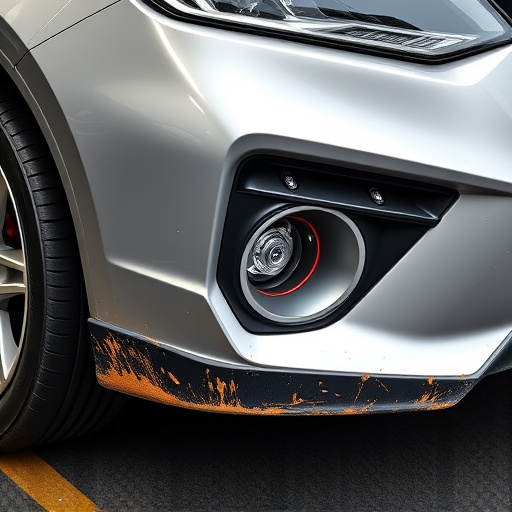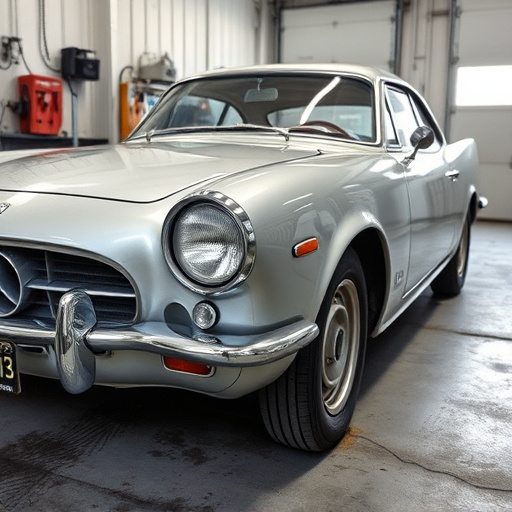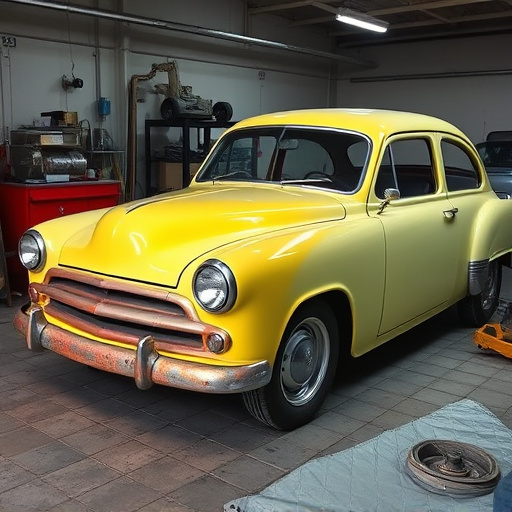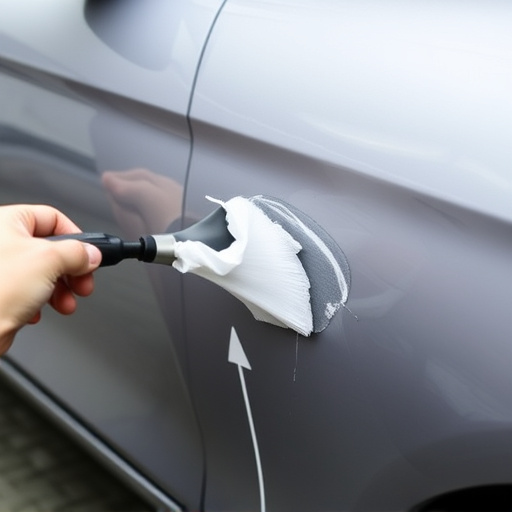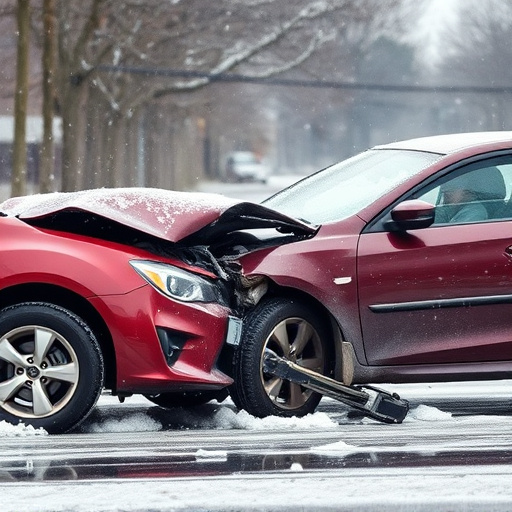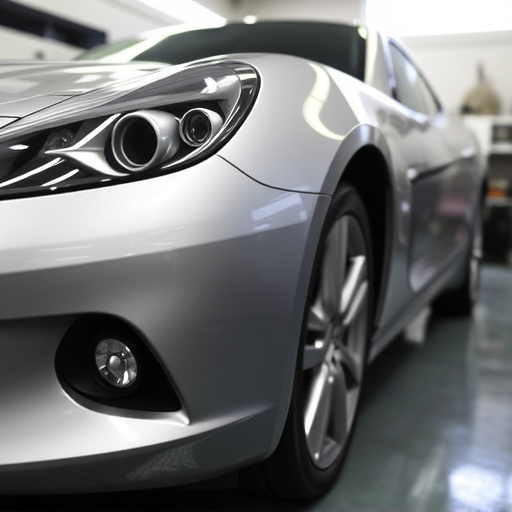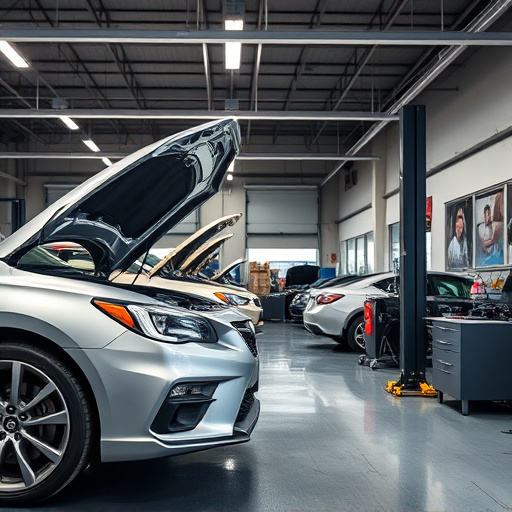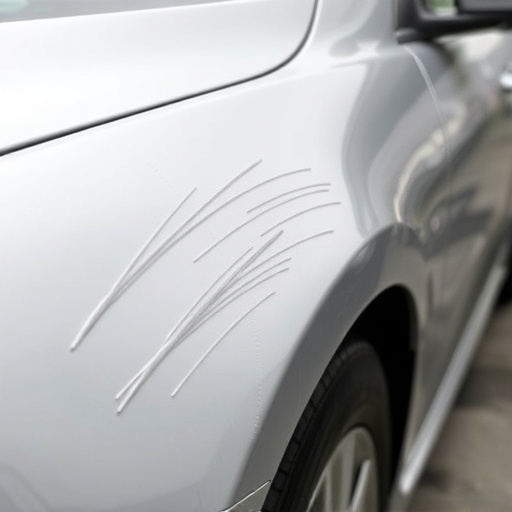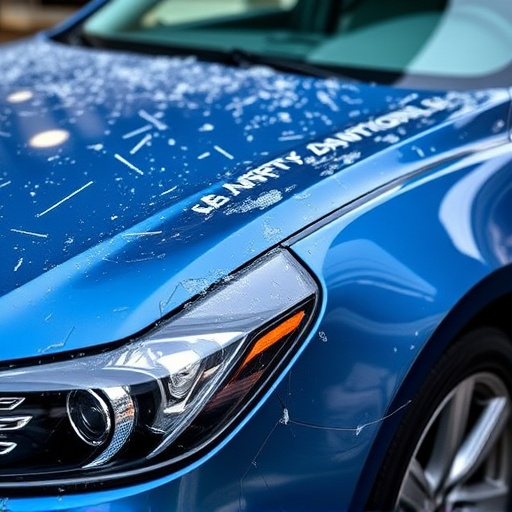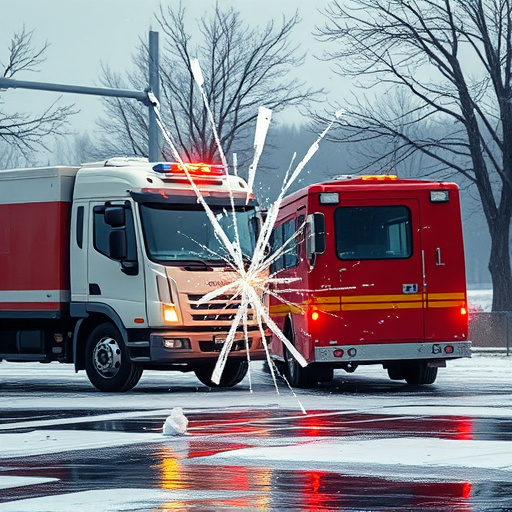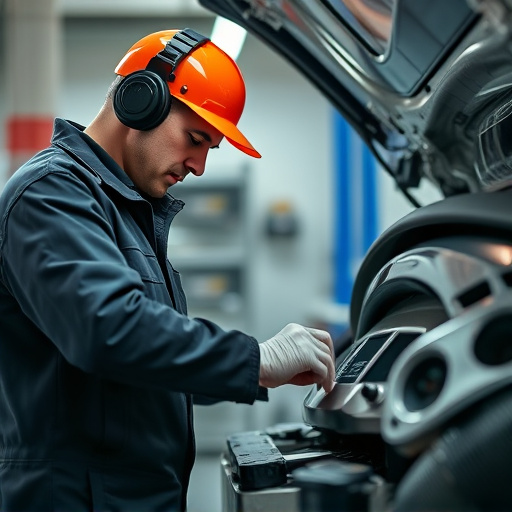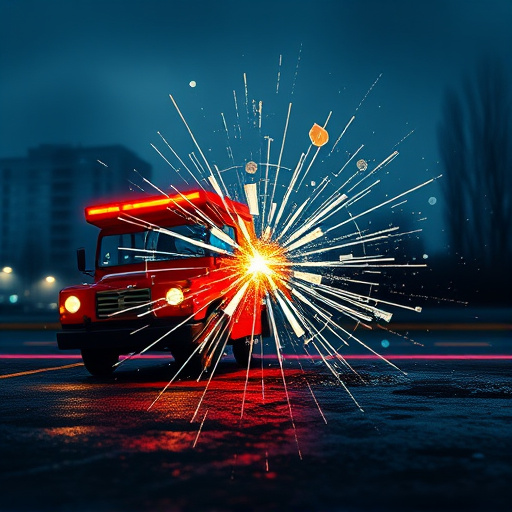Waterborne paint systems are gaining popularity in automotive repairs due to their environmental benefits and advanced performance. These systems eliminate VOCs, offer simpler application, faster drying times, reduced cross-contamination risk, superior adhesion, and enhanced aesthetics. Versatile waterborne basecoats provide excellent coverage and durability on various substrates. Clearcoat finishes, applied precisely with airbrushes or spray guns, ensure high-quality protection and aesthetics while proper surface preparation is vital for optimal adhesion and longevity.
Discover the transformative power of waterborne paint systems in achieving flawless basecoat and clearcoat finishes. This comprehensive guide unravels the intricacies of these advanced coatings, highlighting their unique benefits and diverse applications. From understanding the chemistry behind waterborne paints to mastering clearcoat techniques, you’ll gain insights into a process that revolutionizes automotive and industrial finishing.
- Understanding Waterborne Paint Systems
- Benefits and Applications of Waterborne Basecoats
- Clearcoat Finishes: Techniques and Considerations
Understanding Waterborne Paint Systems
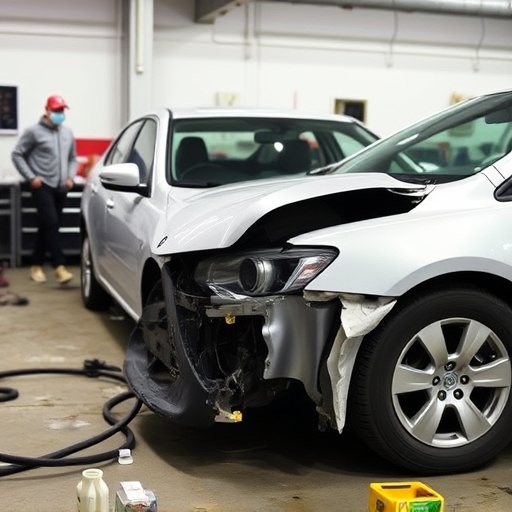
Waterborne paint systems have gained significant popularity in recent years, especially within the automotive industry. These innovative systems offer a more environmentally friendly alternative to traditional solvent-based paints, which contain volatile organic compounds (VOCs) that contribute to air pollution. Waterborne paints, on the other hand, use water as their primary carrier, significantly reducing VOC emissions and making them safer for both workers and the environment.
In the context of vehicle dent repair and auto glass repair, waterborne paint systems present several advantages. The application process is generally more straightforward and less messy than traditional methods, leading to faster drying times and reduced risk of cross-contamination. Moreover, these paints provide excellent adhesion, ensuring that repairs are long-lasting and visually seamless, enhancing the overall aesthetics of vehicles post-repair.
Benefits and Applications of Waterborne Basecoats
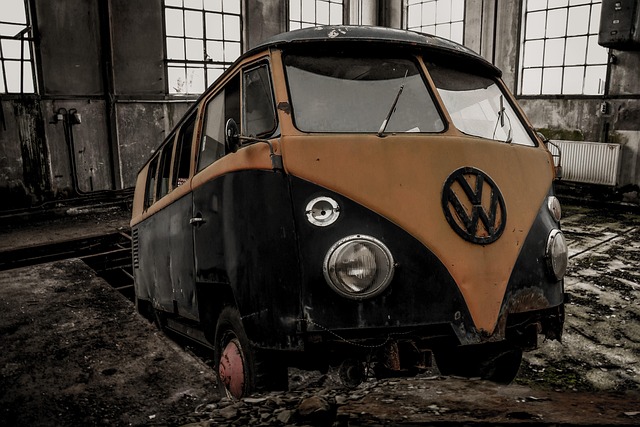
Waterborne basecoats offer numerous advantages for vehicle bodywork and are an essential component of modern auto body repairs. These innovative paint systems have gained popularity in the automotive industry due to their environmental friendliness and superior performance characteristics. By employing water as a solvent instead of harsh chemicals, waterborne paints significantly reduce volatile organic compounds (VOCs) emissions, making them a sustainable choice for both consumers and the environment.
The benefits extend beyond sustainability. Waterborne basecoats provide excellent adhesion to various substrates, including metal, plastic, and composite materials commonly used in modern vehicles. This versatility makes them ideal for auto collision centers dealing with diverse vehicle bodywork. Moreover, these paints offer improved coverage, reduced drying times, and better overall durability compared to traditional paint systems. Their ability to create a smooth, even basecoat ensures superior clearcoat finishes, enhancing the overall quality of auto body repairs.
Clearcoat Finishes: Techniques and Considerations
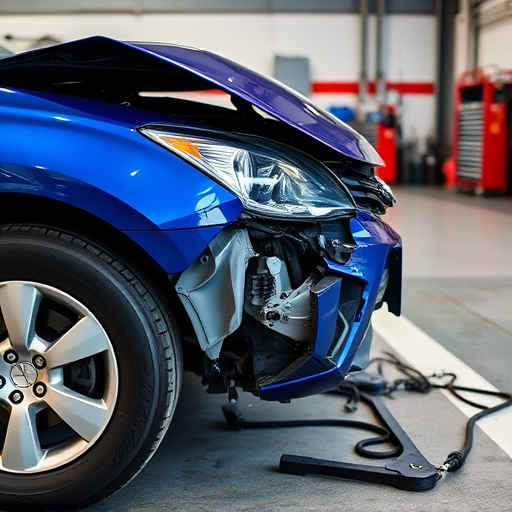
Clearcoat finishes play a pivotal role in waterborne paint systems, offering an advanced protective layer for automotive restoration and vehicle body repair projects. In the realm of automotive body shops, mastering clearcoat application techniques is essential to achieving high-quality, durable results. One common approach involves using specialized equipment like airbrushes or spray guns to apply a thin, even coat of clearcoat over the basecoat. This method ensures precise control over the finish, minimizing overspray and maximizing efficiency in the workshop.
When considering clearcoat finishes, several factors come into play. The choice of clearcoat type should align with the basecoat formulation for optimal compatibility. Additionally, environmental conditions like temperature and humidity can influence drying times and overall performance. Proper surface preparation is paramount; a smooth, contaminant-free base ensures better adhesion and longevity of the clearcoat, enhancing the final aesthetic in automotive restoration projects.
Waterborne paint systems offer a sustainable and efficient solution for both basecoat and clearcoat finishes. By understanding their unique properties and benefits, professionals can achieve superior results in various applications. These advanced systems not only enhance environmental conditions but also provide long-lasting durability and aesthetic appeal. Incorporating waterborne technologies into your painting process can revolutionize the way you approach automotive refinishing, ensuring a greener future without compromising quality.
